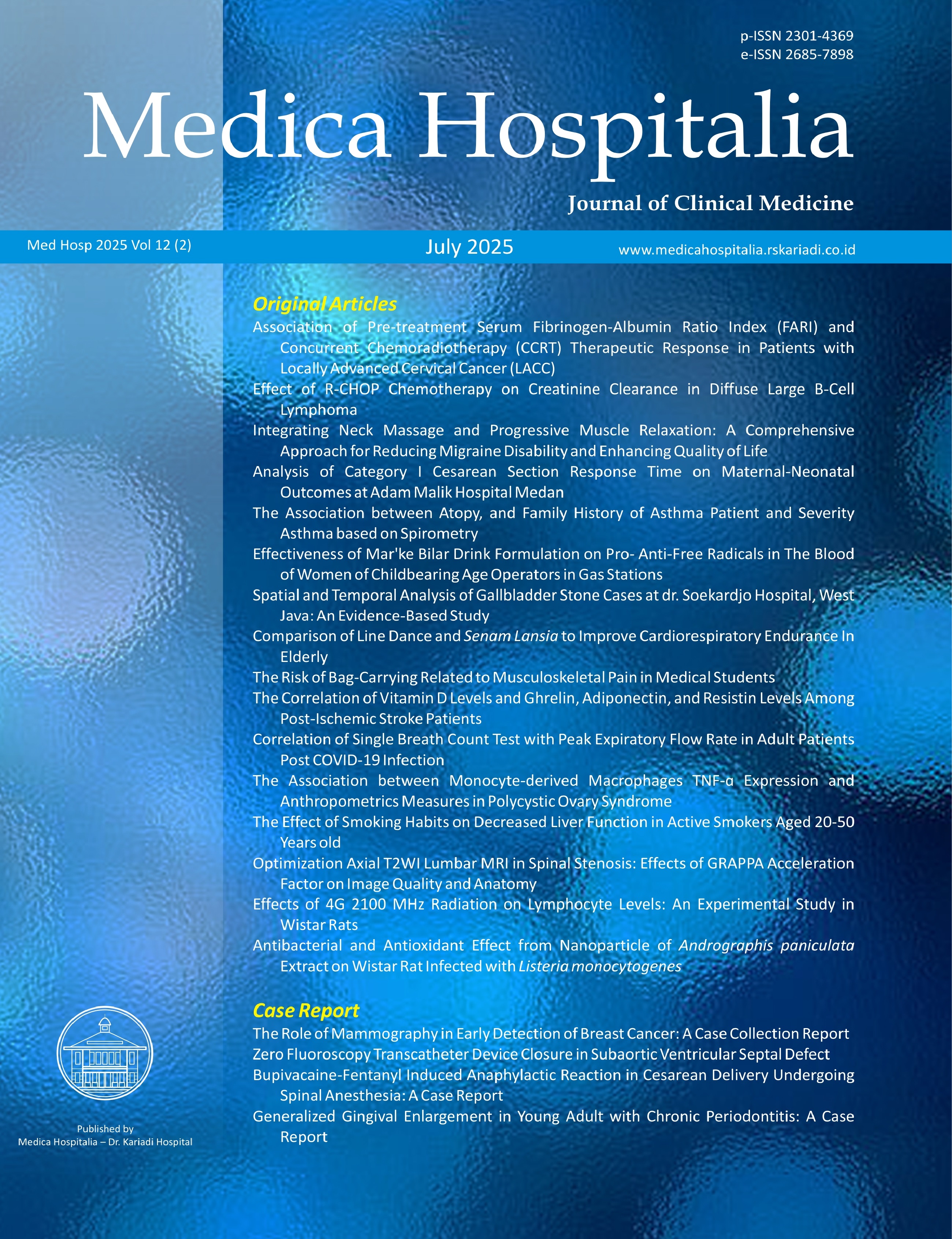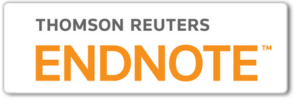Correlation of Single Breath Count Test with Peak Expiratory Flow Rate in Adult Patients Post COVID-19 Infection
DOI:
https://doi.org/10.36408/mhjcm.v12i2.1358Keywords:
Post COVID-19, Single Breath Count Test (SBCT), Peak Expiratory Flow Rate (PEFR)Abstract
BACKGROUND: The utilization of spirometry has garnered significant attention recently due to its potential role in transmitting COVID-19. There is a critical need for a straightforward bedside assessment capable of accurately measuring respiratory function without relying on equipment and minimizing the risk of airborne transmission.
AIMS: To know the correlation between Single Breath Count Test (SBCT) values and Peak Expiratory Flow Rate (PEFR) values in adult patients recovering from COVID-19.
METHOD: This study presents a cross-sectional design with consecutive subject recruitment. The SBCT was administered using a metronome, while PEFR was measured using a Mini Wright Peak Flow Meter on a sample of 38 participants, comprising 18 men and 20 women.
RESULT: Statistical analysis using Pearson’s parametric correlation test revealed a significant relationship between SBCT and PEFR (p < 0.05), with a moderate positive correlation observed (r = 0.516).
CONCLUSION: This research demonstrates a significant, moderate positive correlation between SBCT and PEFR in adult post-COVID-19 patients, indicating that higher SBCT values correspond to higher PEFR measurements.
Downloads
References
1. WHO_Europe _ Coronavirus disease (COVID-19) outbreak - WHO announces COVID-19 outbreak a pandemic.html.
2. Infeksi Emerging Kementerian Kesehatan RI [Internet]. [cited 2021 Oct 5]. Available from: https://infeksiemerging.kemkes.go.id/dashboard/covid-19
3. Torres-Castro R, Vasconcello-Castillo L, Alsina-Restoy X, Solis-Navarro L, Burgos F, Puppo H, et al. Respiratory function in patients post-infection by COVID-19: a systematic review and meta-analysis. Pulmonology. 2021 Jul;27(4):328–37.
4. Burhan E, Susanto AD, Nasution SA, Ginanjar E, Pitoyo W, Susilo A, et al. Perhimpunan Dokter Paru Indonesia (PDPI) Perhimpunan Dokter Spesialis Kardiovaskular Indonesia (PERKI) Perhimpunan Dokter Spesialis Penyakit Dalam Indonesia (PAPDI) Perhimpunan Dokter Anestesiologi dan Terapi Intensif Indonesia (PERDATIN) Ikatan Dokter Anak Indonesia (IDAI). :149.
5. Elsheikh B, Arnold WD, Gharibshahi S, Reynolds J, Freimer M, Kissel JT. Correlation of single-breath count test and neck flexor muscle strength with spirometry in myasthenia gravis: Single-Breath Count Test in MG. Muscle Nerve. 2016 Jan;53(1):134–6.
6. Rega PP, Bork CE, Burkholder-Allen K, Bisesi MS, Gold JP. Single-Breath-Count Test: An Important Adjunct in the Triaging of Patients in a Mass-Casualty Incident Due to Botulism. Prehosp Disaster med. 2010 Jun;25(3):219–22.
7. Kannan Kanikannan MA, Durga P, Venigalla NK, Kandadai RM, Jabeen SA, Borgohain R. Simple bedside predictors of mechanical ventilation in patients with Guillain-Barre syndrome. Journal of Critical Care. 2014 Apr;29(2):219–23.
8. Bhandare SA, Rasal SS, Iyer SK. Correlation of peak expiratory flow rate and single breath count in normal adults. Int J Res Med Sci. 2021 Jun 25;9(7):1960.
9. Escóssio AL, Araújo RC de, Oliver N, Costa EC, Rizzo JÂ, Sarinho ESC, et al. Accuracy of single-breath counting test to determine slow vital capacity in hospitalized patients. Rev CEFAC. 2019 Apr 29;21:e2119.
10. Bartfield JM, Ushkow BS, Rosen JM, Dylong K. Single Breath Counting in the Assessment of Pulmonary Function. Annals of Emergency Medicine. 1994 Aug;24(2):256–9.
11. Ali SS, O’Connell C, Kass L, Graff G. Single-breath counting: a pilot study of a novel technique for measuring pulmonary function in children. The American Journal of Emergency Medicine. 2011 Jan;29(1):33–6.
12. Kalita J, Kumar M, Misra UK. Serial single breath count is a reliable tool for monitoring respiratory functions in Guillain-Barré Syndrome. Journal of Clinical Neuroscience. 2020 Feb 1;72:50–6.
13. Elsheikh B, Arnold WD, Gharibshahi S, Reynolds J, Freimer M, Kissel JT. Correlation of single-breath count test and neck flexor muscle strength with spirometry in myasthenia gravis. Muscle Nerve. 2016 Jan;53(1):134–6.
Additional Files
Published
How to Cite
Issue
Section
Citation Check
License
Copyright (c) 2025 Siti Chandra Widjanantie, Marcherly Wardi, Heidy Agustin, Cleopas Martin Rumende, Andari Perwira Putri, Sri Wahyudati (Author)

This work is licensed under a Creative Commons Attribution-ShareAlike 4.0 International License.
Copyrights Notice
Copyrights:
Researchers publishing manuscrips at Medica Hospitalis: Journal of Clinical Medicine agree with regulations as follow:
Copyrights of each article belong to researchers, and it is likewise the patent rights
Researchers admit that Medica Hospitalia: Journal of Clinical Medicine has the right of first publication
Researchers may submit manuscripts separately, manage non exclusive distribution of published manuscripts into other versions (such as: being sent to researchers’ institutional repository, publication in the books, etc), admitting that manuscripts have been firstly published at Medica Hospitalia: Journal of Clinical Medicine
License:
Medica Hospitalia: Journal of Clinical Medicine is disseminated based on provisions of Creative Common Attribution-Share Alike 4.0 Internasional It allows individuals to duplicate and disseminate manuscripts in any formats, to alter, compose and make derivatives of manuscripts for any purpose. You are not allowed to use manuscripts for commercial purposes. You should properly acknowledge, reference links, and state that alterations have been made. You can do so in proper ways, but it does not hint that the licensors support you or your usage.
























